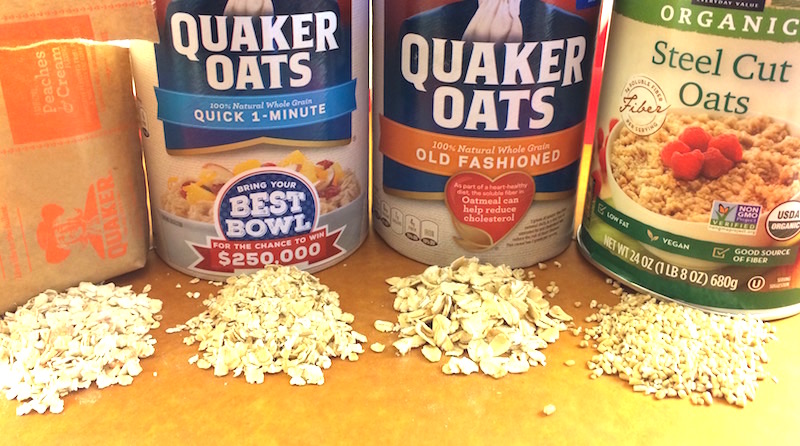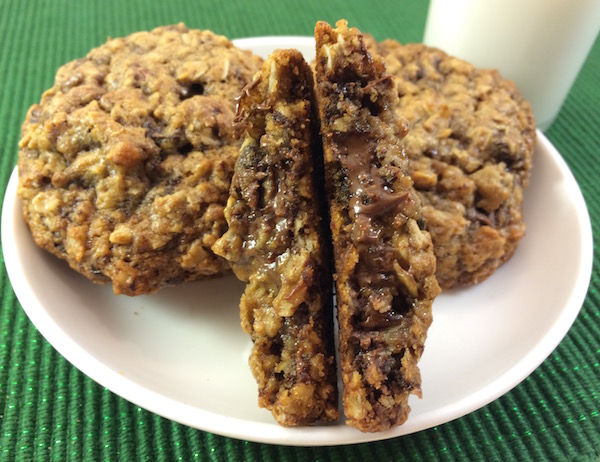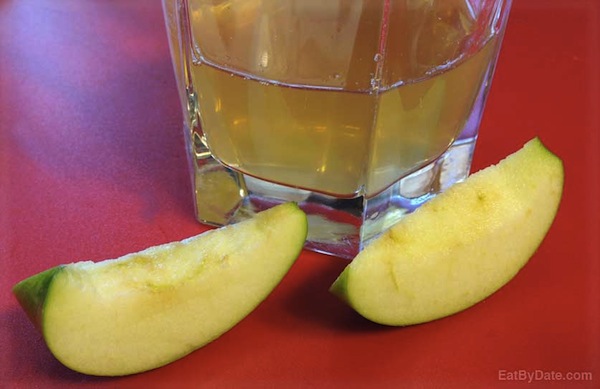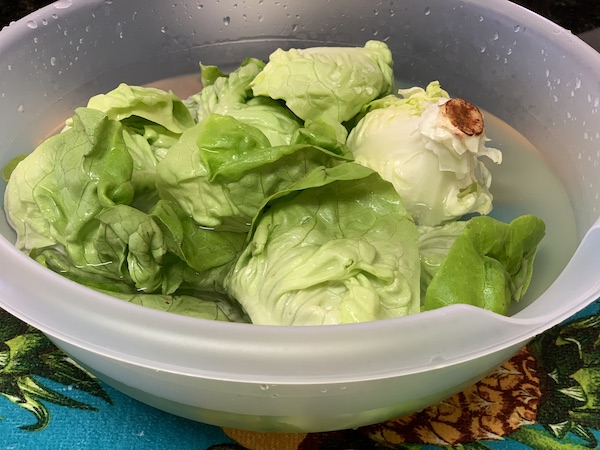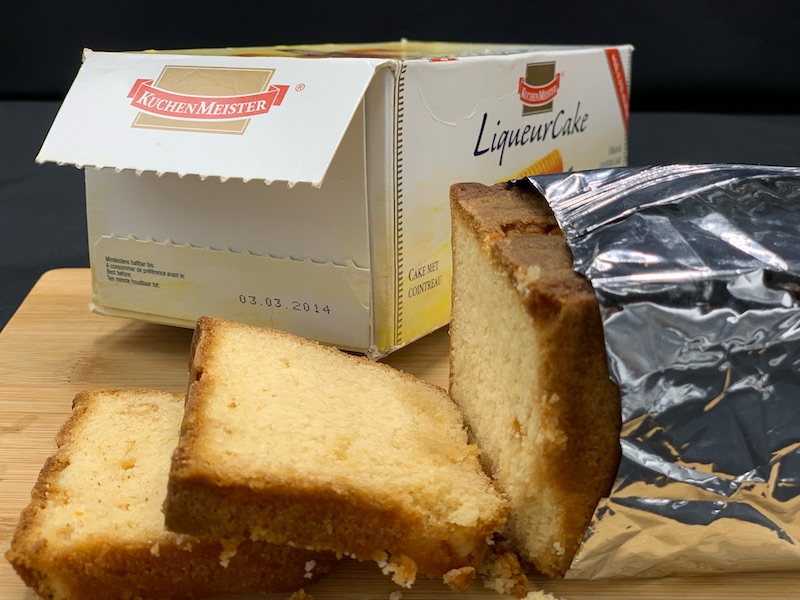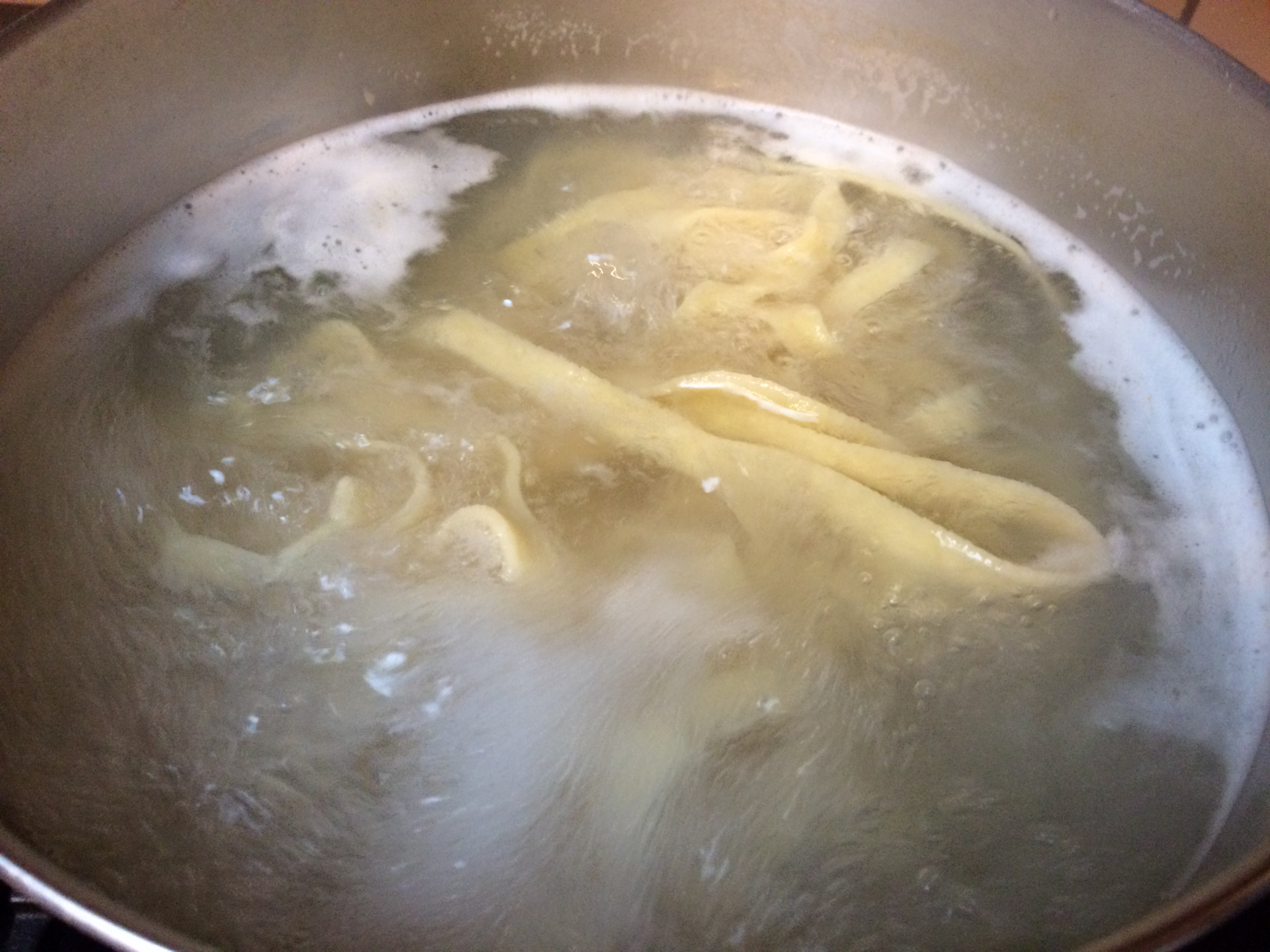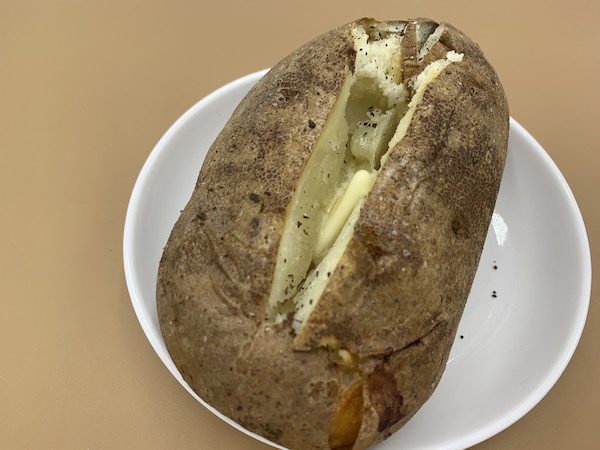Choose a Wok that Works
How to choose a wok actually takes some consideration. Although it’s just one pan in your collection of pots and pans, it’s a big one that must be able to do its job properly when called upon.
As we discuss in our how to stir fry post, stir-frying can be a great way to eat healthily and economically.
So, invest in a great wok and you’ll have years of cooking ease.

How to Choose a Wok - All Things Considered
There are several things to consider when choosing a wok, including:
- Manufacturing Process – woks are made 3 different ways, we’ll explain below.
- Materials Used – the conductivity and heat retention are important, just like when choosing pots and pans.
- Shape – a circle is not always just a circle.
- Maintenance – ease of cleaning is important, at least to us. Let’s look at each one of these factors for choosing a wok in more detail.
How to Choose a Wok - Manufacturing Process
There are basically three different ways to make a wok:
- Hand hammered: these works have slight indentations left from a hammering process. These pits allow for food to hang on to the sides while you add more ingredients into the middle of the pan. These pans are relatively inexpensive, but finding one with a flat bottom can be a real challenge.
- Stamped: these woks are made from a piece of thin carbon steal that is machine pressed into a mold. They are cheap, thin, smooth and quickly develop hot and cold spots. Smooth may sound like a nice quality, but it’s not so good when speaking of woks because your food has nothing to cling to on the sides during the stir-frying process.
- Spun: this process involves a lathe to form the pan with concentric circles. These circles allow for proper use of the sides of the pan and perform well during proper stir-frying technique. These pans generally have flat bottoms and are made from heavy gauge metal, yet are relatively inexpensive.
How to Choose a Wok - Materials
Carbon steel is generally considered the best material choice when choosing a wok since it heats up very quickly and evenly. Carbon steel is both extremely durable and inexpensive, making it the best of both worlds. When cared for properly (see below) this surface is practically nonstick, without the problems of actual nonstick pans. It’s not recommended to purchase a nonstick wok surface from the beginning, instead season a carbon steel wok. When choosing a wok, look for a carbon steel pan that is 2 mm or more in thickness.
How to Choose a Wok - Shape
Bottom or Base:
Although all woks are circular, their shapes can vary a bit. Those rounded on the bottom are built for a custom wok insert on a range or a gas stove along with the use of a wok ring to hold this shapely bottom. So, you probably want to look for a wok that has a 4″-5″ flattened bottom with sides that are not too smooth and gently flare out to about 12″-14″.
Type of handles:
Another big consideration when choosing a wok is the type of handles that it has. There are generally two types of handles available on woks: There are those with two small handles on each side and ones with a long handle on one side and a small handle or loop on the other. The long handle type is so much easier to use and allows for flipping motions without the high risk of getting burned. We highly recommend the long/small handle combo.
Surface:
One more option worth mentioning is the surface. Although non-stick is available… avoid this surface in a wok! Woks need high heat to perform properly and non-stick surfaces cannot handle the high heat required to stir-fry.
How to Choose a Wok
Additional Information - Wok Maintenance
Once you’ve chosen the right wok for your needs, there are just a few more things you should know:
Seasoning a new wok:
Most woks are made of carbon steel, which will actually improve with age if cared for properly. Most new woks will come with a protective film that should be scrubbed off in hot soapy water before the first use. After scrubbing, dry the pan and place it over a hot burner on high heat and rotate it carefully until the entire pan has been exposed to the high heat. Remove the pan from the heat and add about a tablespoon of oil to the pan. Then grab a paper towel with tongs (so you don’t get burned) and rub the oil into the entire inside surface of the pan. That initial scrubbing is the only time you should ever scrub your wok.
Maintaining your wok is super easy:
Just a quick rinse with a soft sponge (some say not to use soap, but we prefer to keep things as clean as possible) then dry it off and rub in a dab more oil before storing. Your wok will actually get better with age as these new coats of oil help to seal any pits in the metal and keep the surface non-stick. A well chosen wok pan will go from a silver color to a brownish color to a black color. Black is what you are ultimately waiting for.
Fresh summer veggies cook up in no time in a wok because they are quickly seared and thus will retain their qualities better than boiling or even steaming.


